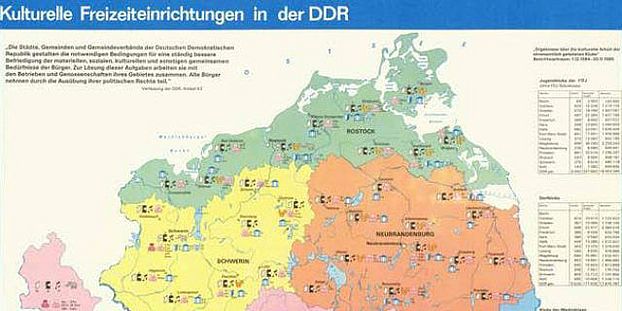The Cultural Center: Architecture as Cultural Policy in Postwar Europe

Kenny Cupers
Journal of the Society of Architectural Historians, 74: 4, 2015
This article examines how culture became an explicit domain of state policy in postwar Europe and why the modern architecture of cultural centers and culture halls became central to such policy. Kenny Cupers uses a variety of archival and primary sources to analyze maisons de la culture in France and Kulturpaläste or Kulturhäuser in the German Democratic Republic during the 1960s and 1970s. Focusing on the roles of bureaucrats, policy makers, and designers, he reveals how architecture articulated cultural politics in which participation was harnessed to bolster the intervention of the state in everyday life—whether through unqualified support, as in France, or through often-oppressive regulation, as in the GDR. This premise is what shaped the design approaches of programmatic integration, polyvalence, and communication for new cultural institutions across the Cold War divide.
Image: Cultural recreation centres in the GDR © Gotha Haack, 1976
